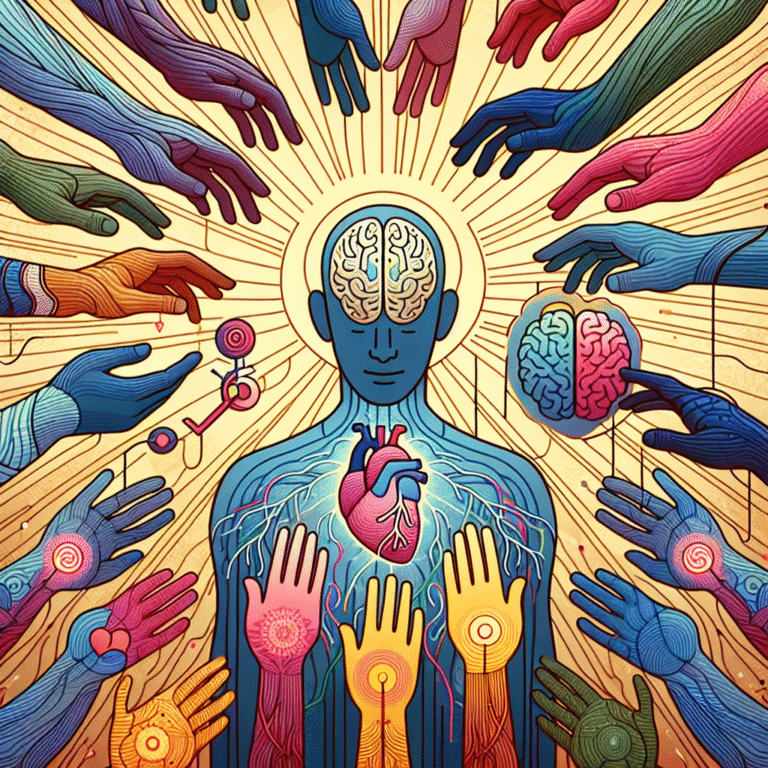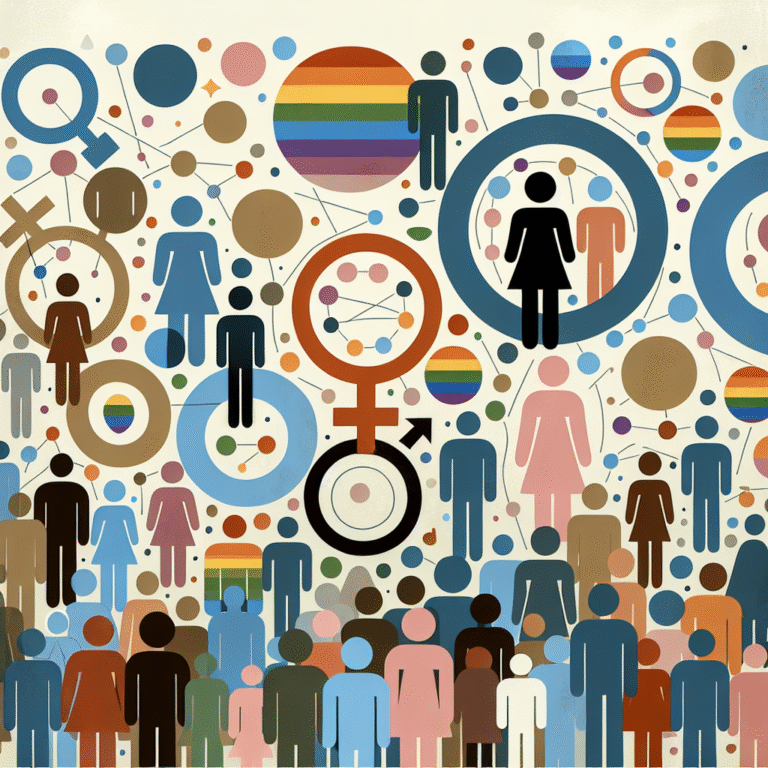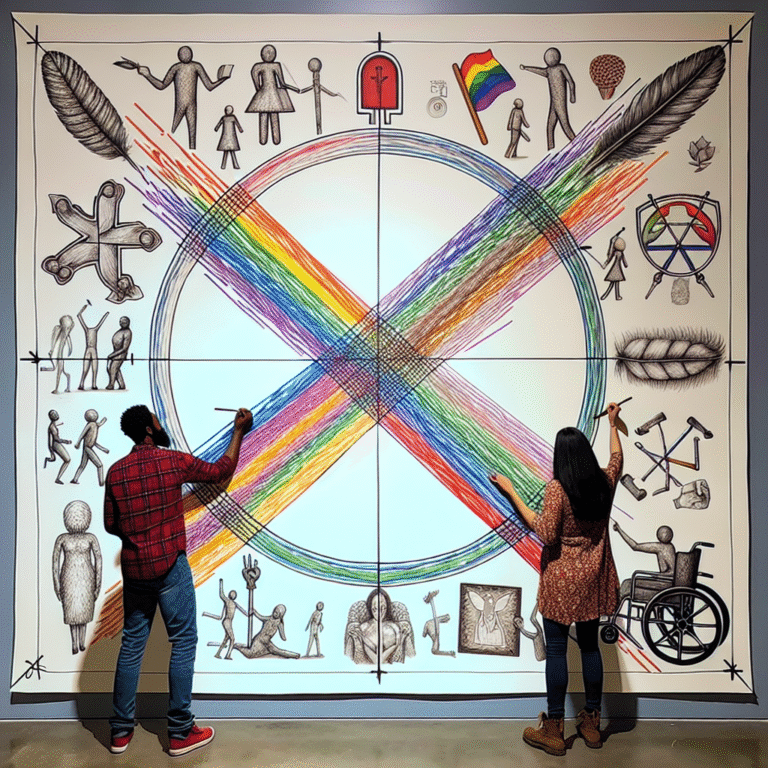Introduction
Imagine a world where the potential of individuals is unlocked, unbounded by preconceived notions and stereotypes. Unfortunately, many still navigate life through the lens of gender bias, which often creeps into everyday interactions, decisions, and social structures. Unpacking Gender Bias: The Subtle Ways It Manifests in Everyday Life is not merely a theoretical exercise; it’s a critical examination of key insights into how these biases operate beneath the surface, influencing our personal and professional lives.
Recognizing these subtle yet powerful biases can empower us to foster change, ultimately moving toward a more equitable society. Let’s delve into the nuances of gender bias, focusing on common scenarios where it manifests and examining what we can do to challenge and dismantle its powerful influence.
Understanding Gender Bias
What Is Gender Bias?
Gender bias refers to the preferential treatment or discrimination toward individuals based on their gender. This can manifest in various forms, from overt discrimination to subtle microaggressions and societal expectations. Unpacking Gender Bias: The Subtle Ways It Manifests in Everyday Life requires us to explore both the blatant and the nuanced forms that this bias takes.
Historical Context
Historically, gender bias has led to systemic inequality—a patriarchal structure dominating social, political, and economic frameworks. Understanding this history is vital in recognizing the subtle remnants that linger today.
How Gender Bias Manifests in Everyday Life
Workplace Dynamics
The Gender Pay Gap
Statistical evidence indicates that women earn significantly less than men for equivalent roles. According to a report from the World Economic Forum, the global gender pay gap is currently estimated to be around 16%. This discrepancy highlights one of the most overt manifestations of gender bias in everyday life.
Case Study: The Harvard Business Review Study
A Harvard Business Review study showcases a scenario where identical resumes were submitted with gendered names. The results revealed that male candidates received 60% more callbacks than their female counterparts. This stark contrast highlights the implicit biases that manifest in hiring practices.
Analysis: The above study underscores the crucial need for organizations to implement blind recruitment processes to combat gender bias effectively.
| Gendered Names | Callbacks Received |
|---|---|
| Male | 60% |
| Female | 40% |
Promotion and Leadership Opportunities
Women often face barriers when vying for promotions, further compounding the gender pay gap. Studies have indicated that leaders may overlook women candidates, attributing these decisions to the unconscious bias that associates leadership qualities with masculine traits.
Case Study: The Glass Cliff Phenomenon
Research around the "glass cliff" phenomenon shows that women are more likely to be put in leadership roles during times of crisis when the likelihood of failure is higher. This phenomenon exemplifies a societal trend where women are set up for failure, reinforcing stereotypes about their capabilities.
Analysis: Promoting awareness of the glass cliff phenomenon can help organizations adopt more equitable practices and support women’s leadership aspirations.
Social Interactions
Language and Communication
The language we use can perpetuate gender bias, often marginalizing women’s voices. Terms like "bossy" or "emotional" are frequently used to describe women in leadership, while similar traits in men may be perceived positively.
Case Study: The Social Media Discourse
Social media provides a real-time glimpse into how gender bias manifests through language. Many female politicians have experienced derogatory language while their male counterparts receive supportive commentary. For instance, Margaret Thatcher was often referred to as "the Iron Lady," a term that, while seemingly positive, was laden with connotations of toughness that discouraged empathy.
Analysis: This serves as a reminder for us to examine our language and strive for inclusivity in our conversations.
| Descriptor | Overall Perception |
|---|---|
| Emotional (Woman) | Negative |
| Tough (Man) | Positive |
Media Representation
Stereotypes in Advertising
Media plays a pivotal role in shaping perceptions of gender roles. Advertising often relies on stereotypical images of women as caregivers or men as breadwinners, reinforcing limiting views that influence societal norms.
Case Study: The Gender Stereotype in Toy Advertising
A notable instance is the differentiation in toy marketing strategies. Research shows that toys marketed toward boys emphasize action and strength, while those for girls focus on beauty and nurturing.
Analysis: This discrepancy has profound implications on children’s self-perception and aspirations, illustrating the importance of diverse representations.
Education System
Classroom Dynamics
The educational environment often sees gender bias manifest through teacher behaviors. Studies reveal that teachers may, often unconsciously, give boys more attention and encouragement in subjects such as math and science.
Case Study: The National Science Foundation Study
A study by the National Science Foundation indicated that boys were more likely to be called on in class and encouraged to pursue STEM fields, despite equal interest from girls.
Analysis: Recognizing and addressing these disparities in the classroom can create a more balanced environment that nurtures all students equally.
Strategies for Combating Gender Bias
Individual Action
-
Self-Awareness: The first step is acknowledging our biases. Engage in self-reflection to understand your perceptions and attitudes toward gender.
- Language Usage: Be mindful of the words you choose. Promote inclusive language in conversations, both casual and formal.
Organizational Action
-
Training Programs: Implement diversity training programs that educate employees on the implications of gender bias and how to confront it.
- Policy Change: Organizations should review their policies and practices to combat gender bias actively. This may include implementing more stringent equality measures.
Community Action
-
Advocacy: Engage in community outreach and advocacy to raise awareness about gender bias. Support local initiatives that promote gender equality.
- Mentorship: Encourage mentorship opportunities that support women and underrepresented groups in professional settings.
Conclusion
Unpacking Gender Bias: The Subtle Ways It Manifests in Everyday Life is a vital endeavor for creating a fairer society. By recognizing the multifaceted nature of gender bias, from workplace dynamics to educational settings, we can take action to challenge and dismantle these engrained perceptions. Every small change contributes to a larger movement, and it begins with awareness, education, and advocacy.
FAQs
1. What is gender bias?
Gender bias refers to the preferential treatment or discrimination against someone based on their gender, affecting personal, social, and professional dynamics.
2. How can I identify gender bias in my workplace?
Look for patterns in hiring practices, language, and opportunities for advancement. Employee feedback can also shed light on perceived biases.
3. What are the long-term effects of gender bias on society?
Long-term effects include perpetuated inequality, reduced opportunities for women, and systemic imbalances in leadership and economic attainment.
4. Can gender bias affect men as well?
Yes, gender bias can negatively affect men by enforcing stereotypes that dictate detachment or emotional restraint, limiting individual expression.
5. How can organizations promote gender equality?
Organizations can promote gender equality through training, reviewing policies, establishing mentorship programs, and intentionally fostering an inclusive work environment.
By embracing these insights and strategies, we cultivate a commitment to gender equality that can redefine lives, organizations, and communities for the better. Together, we can build a future free from bias, empowered by understanding and respect for all.














